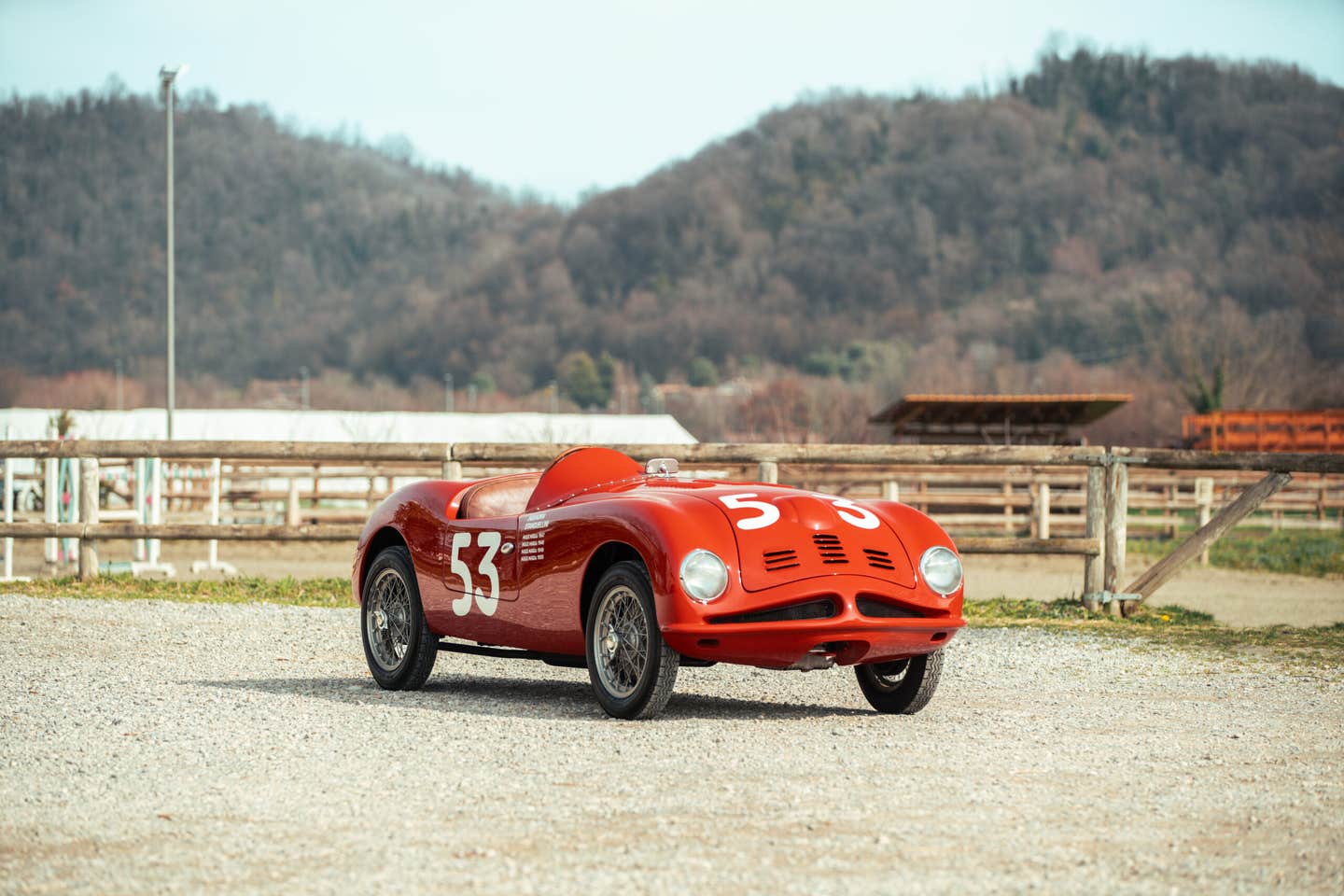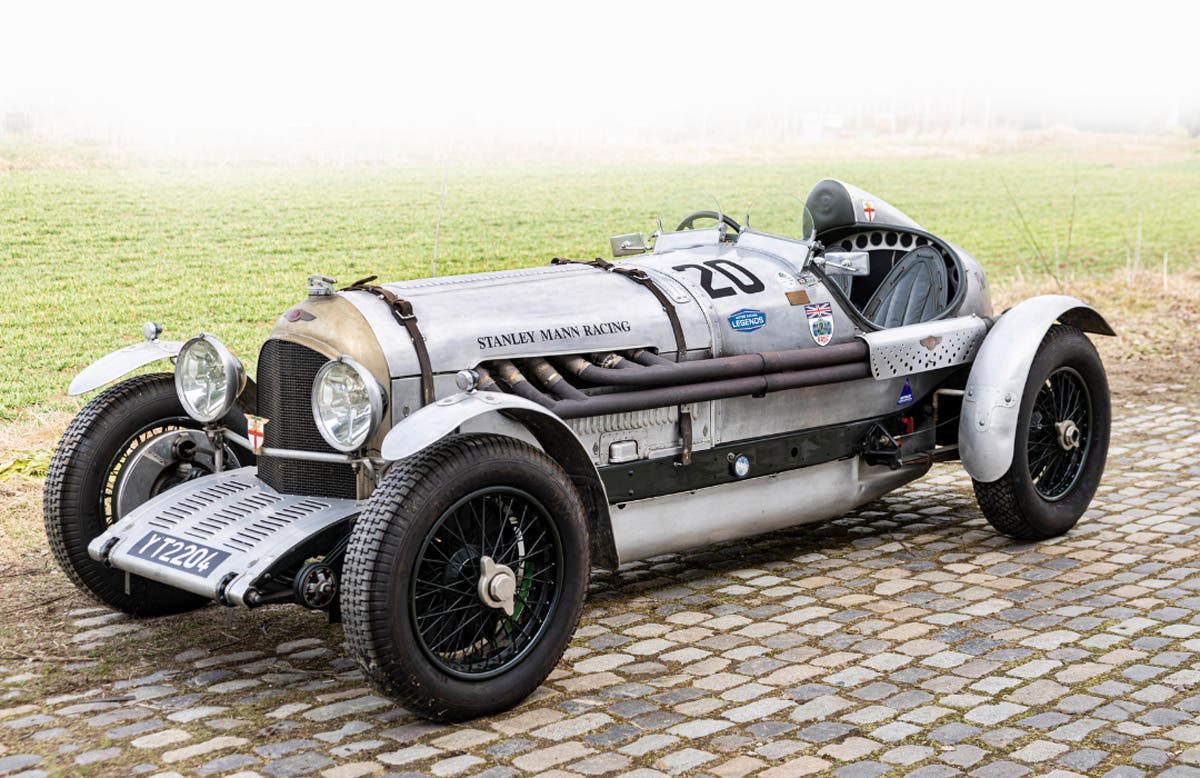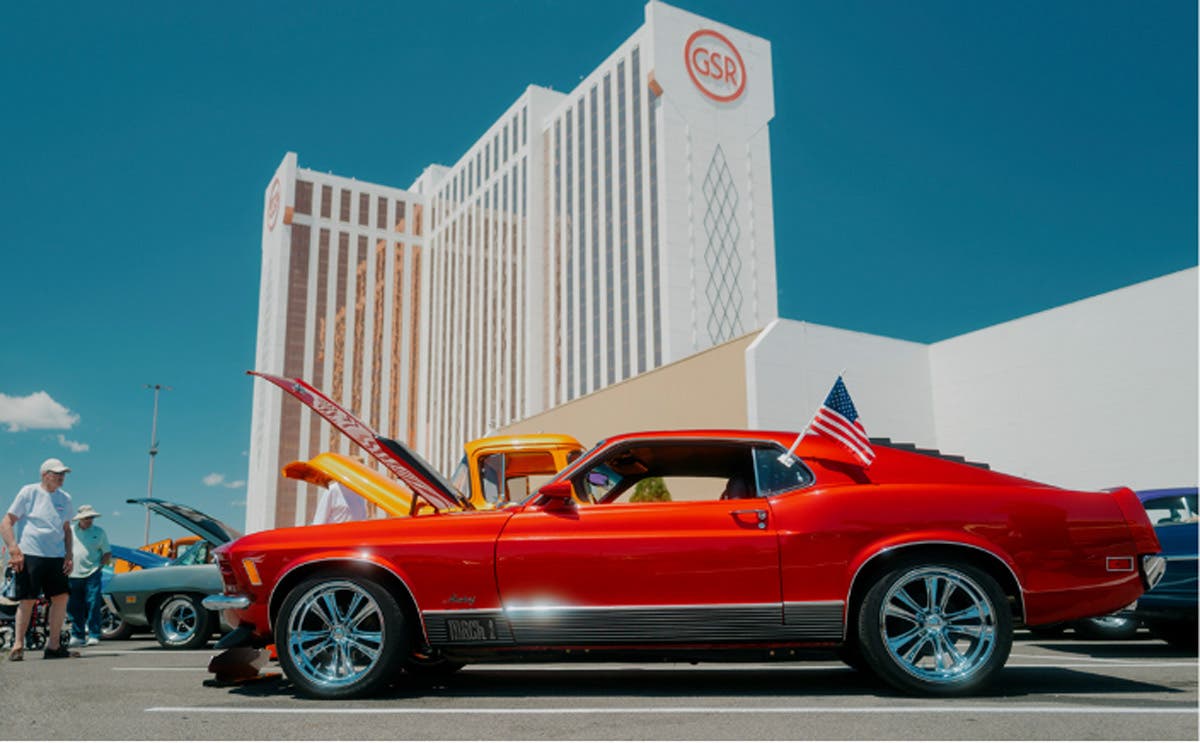2014 Prewar Market Report
The usual suspects remain hot, but there but there are still bargains to be had By Gerald Perschbacher (LL.D.) Editor’s note: Longtime Old Cars Weekly readers recognize Gerald Perschbacher as…
The usual suspects remain hot, but there but there are still bargains to be had
By Gerald Perschbacher (LL.D.)
Editor’s note: Longtime Old Cars Weekly readers recognize Gerald Perschbacher as an expert in the prewar field through his many articles and columns. Perschbacher’s expertise extends to his work as a pricing adviser to Old Cars Weekly’s annual value guide “Collector Car Price Guide.” We asked for Perschbacher’s insight into the prewar pricing trends he noticed during his latest recommendations to updating prewar values. The following story includes his observations.
“Blue Chip” cars are still holding their values, by and large, with some rises among other old pre-World War II cars in collector circles. That is my assessment while doing an intensive review of current values as prewar consultant for the newest edition of “2015 Collector Car Price Guide” from Krause Publications.
Consider a “Blue Chip” any brand that has held high interest for intrinsic importance and widespread desirability regardless of brand name.
American Austin-Bantam roadsters and runabouts plus cabriolet versions from the 1930s continue to hold collector interest and dominate the values for that brand. Bantams from the late 1930s are good investments in roadster, speedster and station wagon models. In their own right, these may be considered Blue Chips among their kind and mingled with similarly sized vehicles.
Auburns hold up well with values, and entry-level sedans are still a nice way to upgrade to the marque. Prices are lower (as is demand) for Auburns in the late 1910s and 1920s, which is a general assessment for most brands of American cars. At the top end are Auburn Speedsters, which are the prewar sports car dream of many collectors.
As for the cars collectors dream about — the Cords and Duesenbergs — most of those change hands quietly between collectors, at auctions, or via specialized dealers. You could call some of those models “supercars” for their Blue Chip values. There are similarly high-valued models among Stutz, Pierce-Arrow, Packard, Cadillac, Locomobile and several more names common to car history.
There are still highly valuable cars in marginal condition. However, the pickings are getting harder and the amount of work and attention needed to complete the car is on the rise. Cars picked over to restore another more precious model are now being restored themselves. It is not unusual for someone to obtain a partial car, then search at swap meets or by personal contacts to obtain what is missing. Usually some parts need to be fabricated anew, which takes the restorer to the questionable land of maintaining absolute authenticity or making a few adaptations for the sake of roadability and overall operation. In extreme cases, this may entail the building of an entire car body. Owners decide their choices, and that’s OK. But when it comes to valuation, the owner holds the responsibility of conveying news of the changes/fabrications to potential new owners as some changes negatively affect a car’s value. If changes are not shared, then the historical aspect of the hobby is diminished. Honesty is important.
Brass-era cars of any brand hold strong collector interest, even among budding collectors who can’t even recall their grandparents owning a brass car when new. This is healthy for the hobby since it shows a rising group of collectors that are buoying values and sharpening demand in the pre-1916 vintage.
Why the dip for cars of the late teens and early ’20s? Styling, for one. Most versions from that period seem boxy, even stodgy, with a handful of exceptions to spark collector interest (a strong point in that category is shown among Stutz owners of the sportier open models). If styling is important to a collector, then pre-war cars from the late 1920s through early 1940s offer greater individualism and brand recognition, which equate to pride of ownership among hobbyists.
Another major reason for lower valuation (and good bargains) to be found among cars of the late 1910s and early 1920s relates directly to the existence of national clubs dedicated to a particular marque or era. There is strong interest for favored brands among members of clubs dedicated to Marmons, Peerless, and IHC. There is mounting interest and values for cars carrying the Moon and the Gardner badges since new national clubs for those names have been formed. The active Horseless Carriage Club of America specializes in cars made before 1916, thus boosting the desirability and demand. Since the club enjoys a fair amount of touring, that means members of the club strive to make their brass beauties roadworthy. The wide range of difference among cars of that vintage is also an attraction for members and collectors.
If you want to find the value of a brand that is unlisted in a value guide, the best thing to do is find a comparable make that appears in the guide. Match the price range of Flint, Marquette, Dort, Durant and even highwheelers such as Zimmerman and Sears against other types that are in the guide. Find competitors comparable in new-car selling prices of their times and models of similar design, and you have a relative idea of values. Moon cars, for example, were priced new in the Oldsmobile, Buick and Chrysler ranges, so those would be brands to check.
That is the next best way to determine valuation until more sales can be registered to determine values across the board for a given brand. This type of reasoning may be presented to an appraiser or insurance agent when the occasion demands.
Prewar Buicks are a good value. That may be due in part to the continuation of the brand during the relatively recent re-invention of General Motors. A brass Buick may still be found in valiant condition for $30,000 to $40,000 with some models jumping higher. For example, 1910 models have been lingering around the $50,000 to $70,000 range, depending on condition.
Early Fords and Chevrolets seem to hold true to their value patterns with support from several national clubs.
Collectors may expect the values on Oldsmobiles to rise or dip in future years. This is based on the still somewhat recent elimination of the brand. Even so, values on the earliest models seem to have sustained minor impact and still run strong. The valuation boost may come more for post-war versions than pre-war models.
Some collectors may wonder about rare cars, especially sole survivors and models believed to be “extinct.” They have a place in the value listing, too. Not all can be included, but many are covered. Why? It keeps values in perspective. Valuation estimations for select models and ranges can be calculated by the current selling prices of representative samplings. This can then be compared against the new-car pricing of the bygone era in order to determine a fair value in today’s market. As for the potentially non-existent rare car, who can say that one might turn up, brought to light after being squirreled away in a large collection, figuratively buried from collector circles?
If someone were to ask what the best picks are for collectible cars today, based on rising values, the old adage still applies: as the top goes down, the value goes up. Open cars (touring, convertibles, roadsters, etc.) carry high interest due to sportiness. Driving one limits the owner to good-weather days unless getting the top drenched is not an issue. But buyer beware! Check the floor pans and key rust-prone areas on said models, since they had more than their share of internal water leaks when being used as daily drivers.
There will always be changes in values for prewar cars. Packards dominated the type, competing against Pierce-Arrow, Peerless and other high-class offerings. Cadillac models had been half of the values of Packards, but that has shifted. As the saturation point was reached for expensive Packards, collectors opted for Cadillacs and other brands. That boosted those nameplates. Now Cadillac and Packards are dead-even in many cases, and it is a battle for which is more valuable. Interestingly, that was the same battle that raged when those models were new in the prewar years, so collectors are witnessing a rematch of the past.
Interest for lower-priced Cadillacs and Packards has increased with values commensurate as higher-priced versions become too pricey or too hard to find.
Ultimately, the best advice anyone can give for which cars to collect, value-wise, is to help the buyer/owner realize his or her wishes. If a high return is wanted, check the value guide for the top-end models that are listed, buy one at slightly lower cost, upgrade and enjoy, then baby the car until time to sell. If a car has been in your family since new, then cherish the car for its memories and be mindful of its value just in case it must change hands.
But above all, whatever old car a person buys, the main thing is pride of ownership and a sense of real fulfillment in knowing that a piece of motoring history is being preserved as the wheels roll the car to shows, on tours and into the hearts of current generations.
Holding true to this precept makes every cherished old car a Blue Chip!
--------------------------------------------
2015 Collector Car Price Guide
Get your copy today! The 2015 Collector Car Price Guide is NOW AVAILABLE and you do not want to miss out. As a car collector, you know that car values fluctuate wildly, never more so than in our current economic environment. Pricing information is a must have for collectors, restorers, buyers, sellers, insurance agents and a myriad of others who rely on reliable authoritative data. The 2015 Collector Car Price Guide lists all models made by 109 carmakers and 37 truck makers between 1899 and 2007!
This guide contains over 250,000 listings from over 140 car and truck makers.





